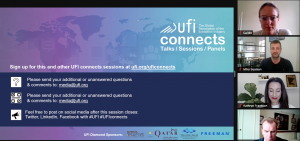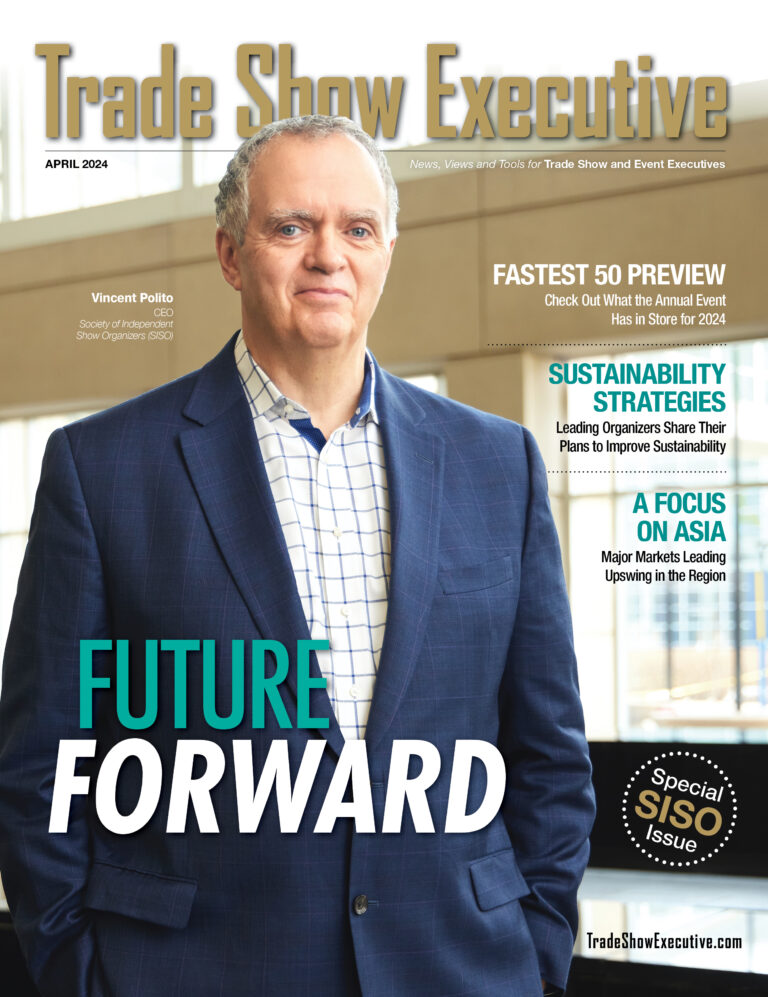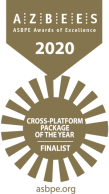 PARIS — Three pros from very different sides of the event marketing world — Mike Seaman, CEO, Raccoon Events; Luke Bilton, Chief Growth Officer, Expo Platform; and Kathryn Frankson, Director of Event Marketing, Informa Markets — shared their successes and failures building digital communities in the past year during the latest UFI Connects webinar.
PARIS — Three pros from very different sides of the event marketing world — Mike Seaman, CEO, Raccoon Events; Luke Bilton, Chief Growth Officer, Expo Platform; and Kathryn Frankson, Director of Event Marketing, Informa Markets — shared their successes and failures building digital communities in the past year during the latest UFI Connects webinar.
Three themes dominated the conversation: customization, data and experimentation.
After a challenging start trying to replace Informa’s trade shows with online replicas, right down to the booths, Frankson and her team concluded that was not a solution. “You can’t put forward virtually what you do live. The audiences don’t show up and there’s no revenue,” she said. Instead, they chose to dig deeply into each audience niche Informa serves to build more customized programs. For the restaurant industry, for example, online programs need to be short, pithy, engaging and held at a time of day when that audience could actually attend. “That’s where we found success.”
Related. From Bad to Better: Lessons Learned During the Pandemic
A Data-Rich Environment
 Technology has allowed marketers to learn so much more about audience behavior than the days when all a show organizer had was the registration list, said Bilton, who moved to Expo Platform in January from his position as VP, Digital at Informa. “It’s a fascinating time,” he said. “Rather than use tech to warm people up and send them to an event, we’ve been able to drill down into micro communities and see the content they’re consuming and the people they’re working with. Now we need to ask how we can harness all this data.”
Technology has allowed marketers to learn so much more about audience behavior than the days when all a show organizer had was the registration list, said Bilton, who moved to Expo Platform in January from his position as VP, Digital at Informa. “It’s a fascinating time,” he said. “Rather than use tech to warm people up and send them to an event, we’ve been able to drill down into micro communities and see the content they’re consuming and the people they’re working with. Now we need to ask how we can harness all this data.”
Seaman, whose focus is on B2C events in the running and wellness industries, says it’s important to experiment with social media platforms and approach all the different communities with curiosity, rather than cynicism. “We embed ourselves in the communities our customers use. So right now, we are flirting with Clubhouse and using LinkedIn, Twitter and TikTok.” His company even offers grants for enthusiasts to start their own online groups and also sets up tribes of micro influencers to act as ambassadors for their live events. “We set them up with a t-shirt, a goody bag and promo access and we have a little army of a hundred people promoting each show.”
Related. Has the Pandemic Changed the Customer Value of Exhibitions
Experiment with Omnichannels
The key for all three speakers is to experiment with various strategies. Frankson says her team will take one piece of content and ask how they can chop it up appropriately for all the different channels: social media, pull quotes, graphics, stories, videos. “You must have a solid omnichannel presence,” she said.
Related. New Reed Exhibitions Research Shows Steady Adoption of Virtual Events
Digital events will continue to be one of those channels, even as live events open back up. Seaman’s 17,000-person live event, the National Running Show South, is still scheduled for July and selling faster than ever before, he said, “but that doesn’t mean you put down this amazing new tool you learned in the past year. You keep running virtual events as well.”
The webinar, sponsored by UFI, the Global Association of the Exhibition Industry, is now available on demand.











